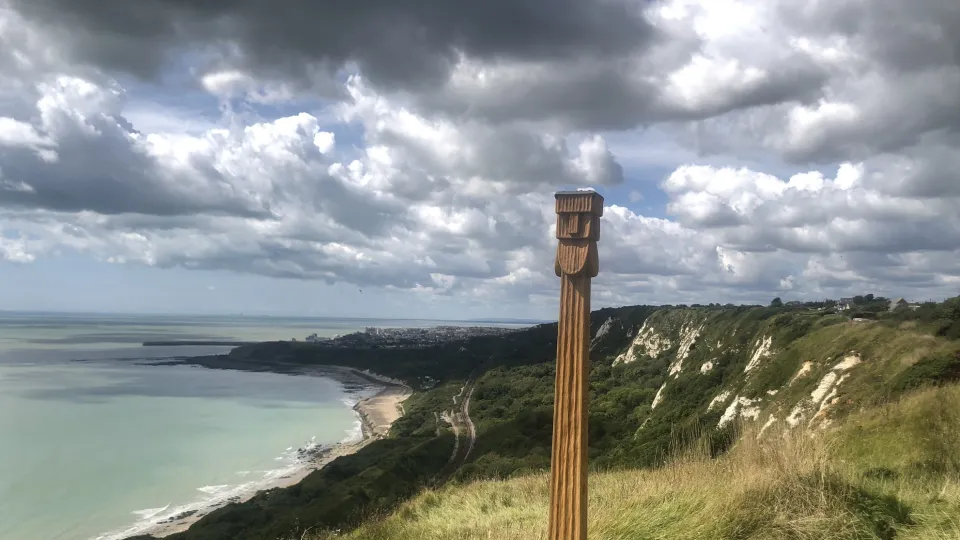
Capel-le-Ferne
Overlooking the English channel, the Capel-le-Fern reserve has great views of the chalk cliffs that gives the White Cliffs of Dover its name.

Overlooking the English channel, the Capel-le-Fern reserve has great views of the chalk cliffs that gives the White Cliffs of Dover its name.
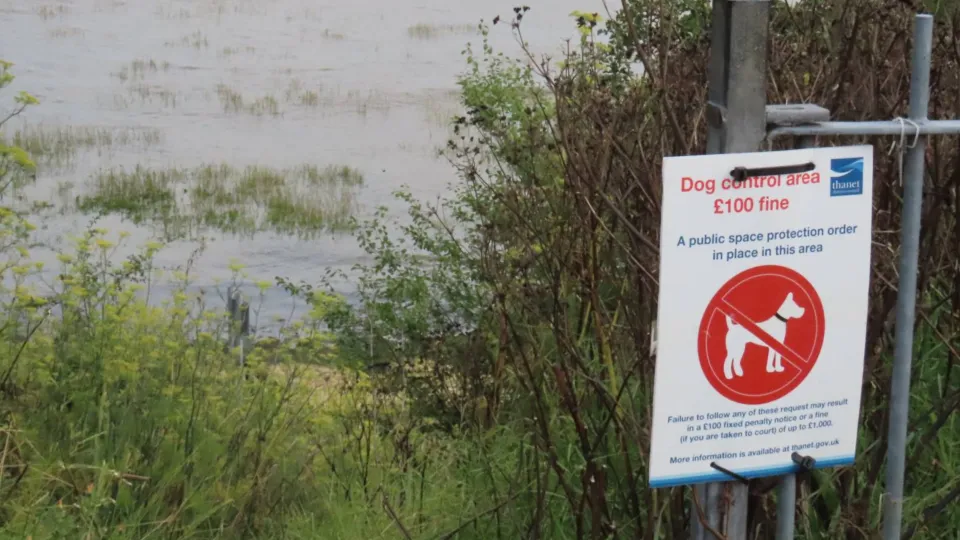
As five more seabird species are placed on the red list, conservations are concerned that recreational pressures are driving them away
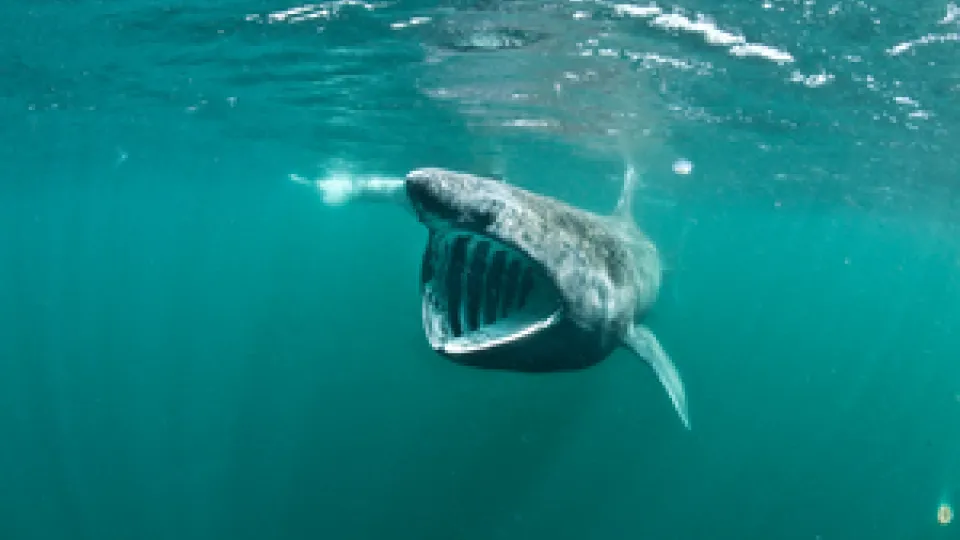
You hear “shark”, you think Jaws. Sadly, this is true for many of us… but then who hasn’t been slightly traumatised by Steven Spielberg’s enduring epic?
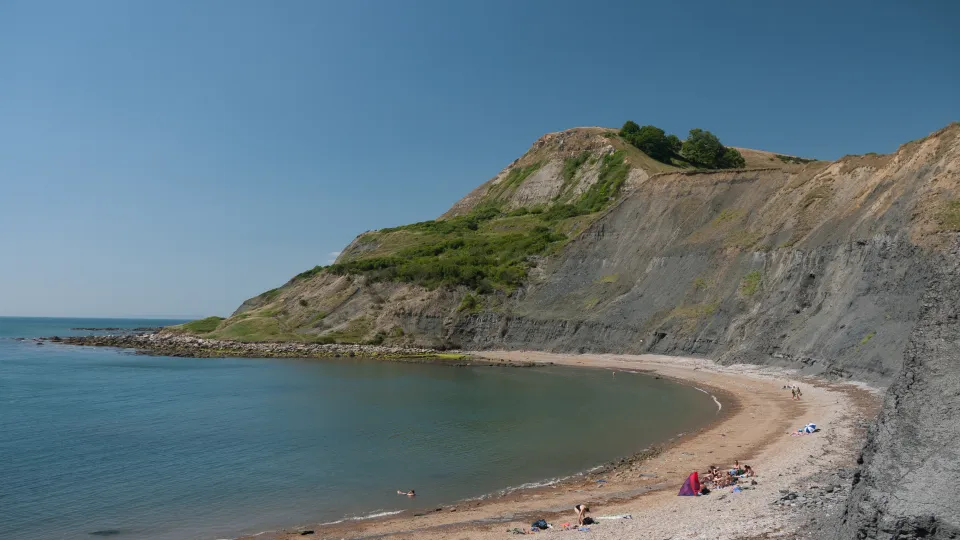
Coastal habitats are found wherever the land meets the sea. With some 17,800km, the UK has one of the longest national coastlines in Europe. The coast is home to many habitats, with cliffs, rocky shores, sand and shingle beaches, sand dunes, mudflats, saltmarshes and machair.

During the 50 years or more that I have been involved with studies on the coasts of Kent and Sussex, I have seen considerable change to the inshore marine environment and its fauna and flora...
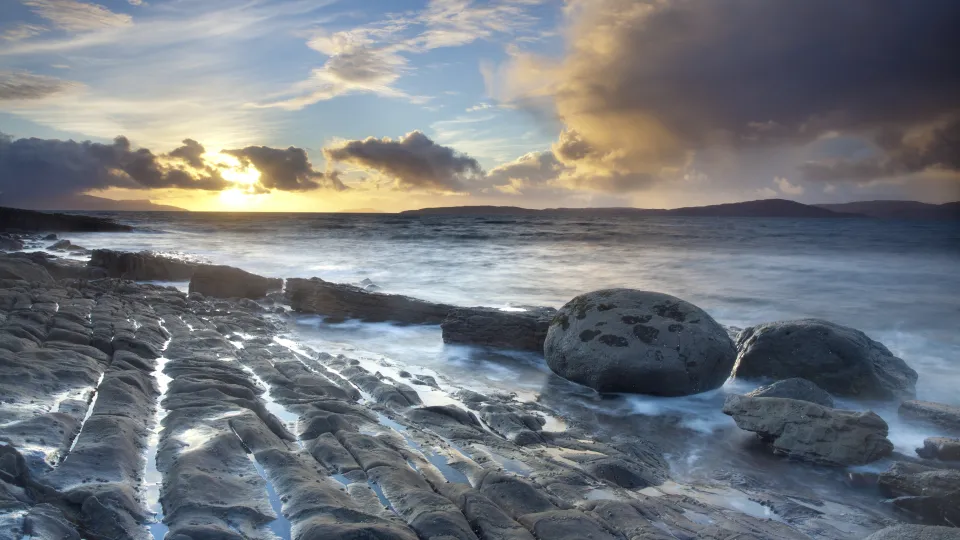
The Making Space for Nature Project is leading on Kent and Medway’s Local Nature Recovery Strategy (LNRS). A team has been in place since October, engaging with stakeholders about nature recovery plans for Kent's future.
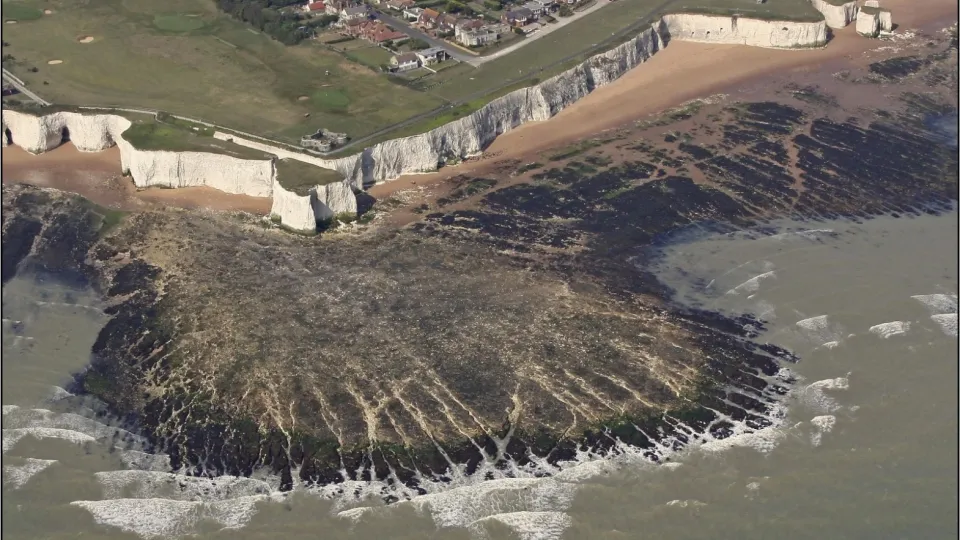
The county of Kent is blessed with an extensive coastal and intertidal environment comprising elements of the eastern Thames Estuary, the southern North Sea and the English Channel. In north-east Kent, located between the towns of Whitstable and Deal, is the North East Kent Marine Protected Area (NEKMPA) which includes the previously designated North East Kent European Marine Site, the Thanet Coast Marine Conservation Zone and Sandwich & Pegwell Bay National Nature Reserve.

Those of you who have been following the development of the Blue Influencers Scheme being delivered by Kent Wildlife Trust may recall that KWT successfully bid for funding from The Ernest Cook Trust and the #iwill Fund and were awarded £20,000 a year for three years. This enabled the recruitment of Jenny Luddington to the role of Blue Mentor, who will be responsible for recruiting young people to become ‘Blue Influencers’.
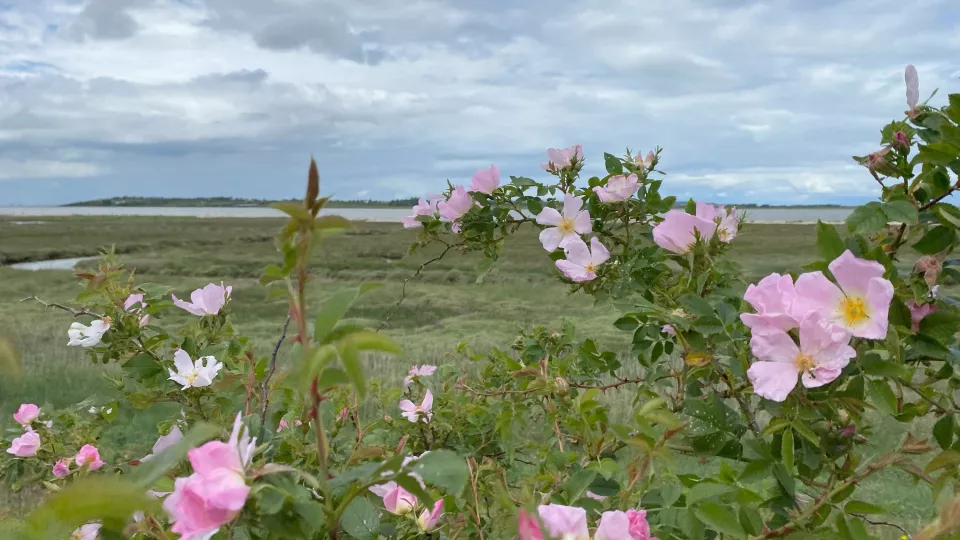
In the winter, South Swale welcomes migrating birds such as brent geese, turnstones, dunlin, avocets, osytercatchers and ringed plovers. In the summer, it's home to carpets of flowers which attract butterflies and some rare bee species!
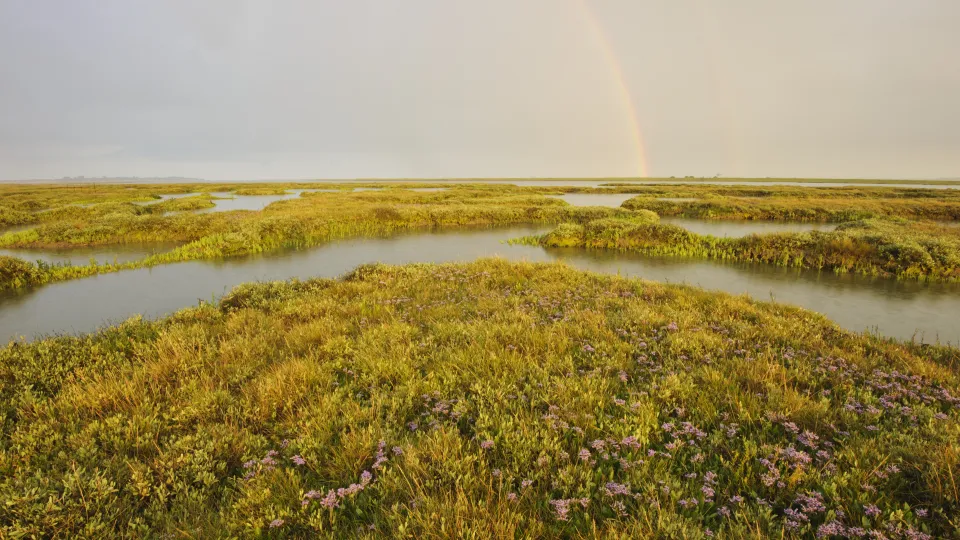
Saltwater marshes and mudflats form as saltwater floods swiftly and silently up winding creeks to cover the marsh before retreating again. This process reveals glistening mud teeming with the invisible life that draws in thousands of birds to feed.